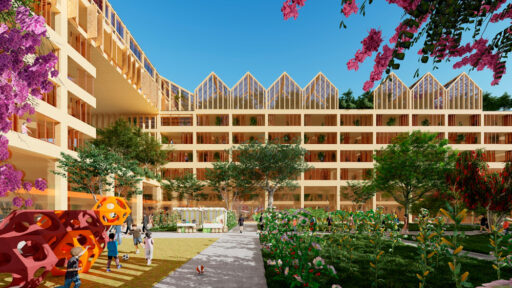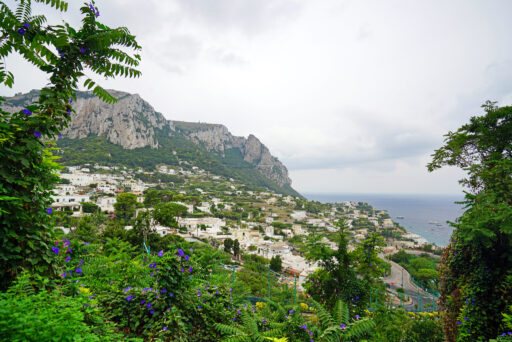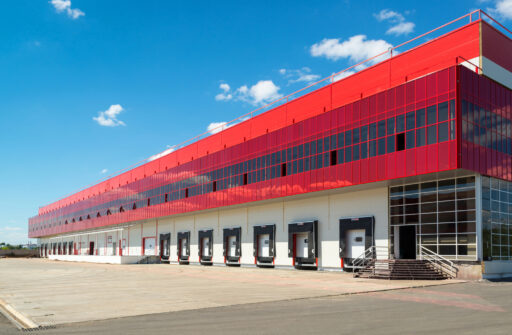To improve public space
Low-cost interventions to improve the quality of life in cities
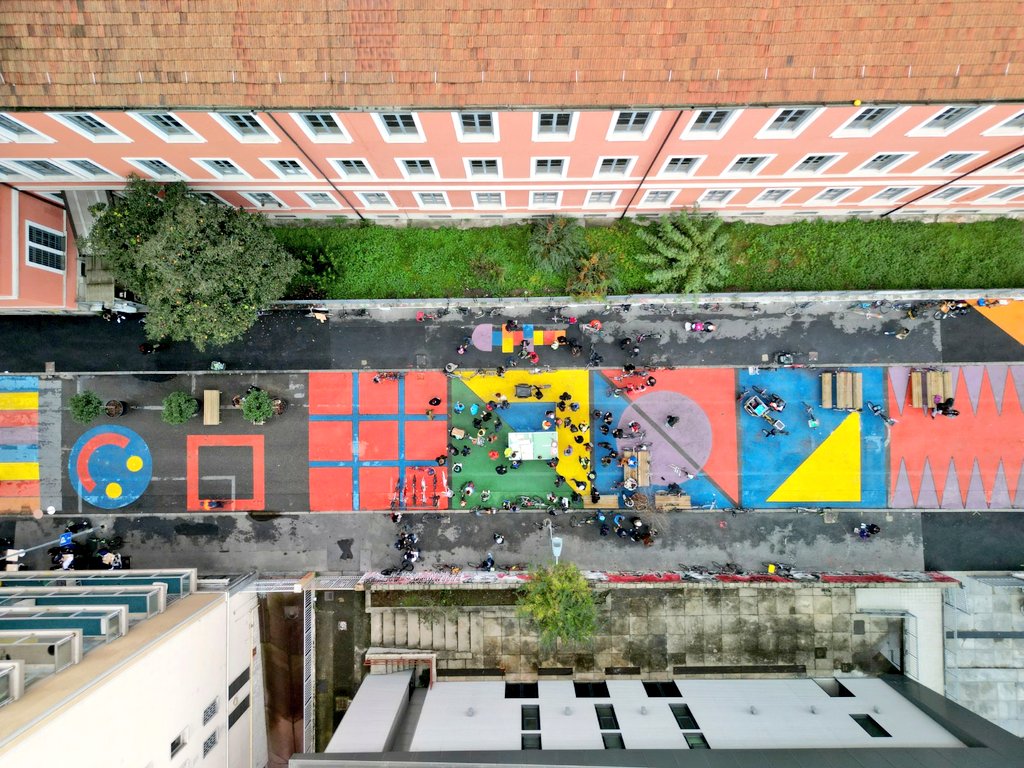
Milan is the Italian city recognised as being the most attentive to actions aimed at making its territory increasingly sustainable. It is the city that looks most closely at those actions that in Europe have already been pursuing positive impacts on the liveability of public spaces for years.
This city was one of the first to include in its programme of public interventions, a series of tactical urbanism projects1 that alongside temporary uses (for more on temporary uses click here), represent one of the practical actions to improve the city’s
Synergy between several actors
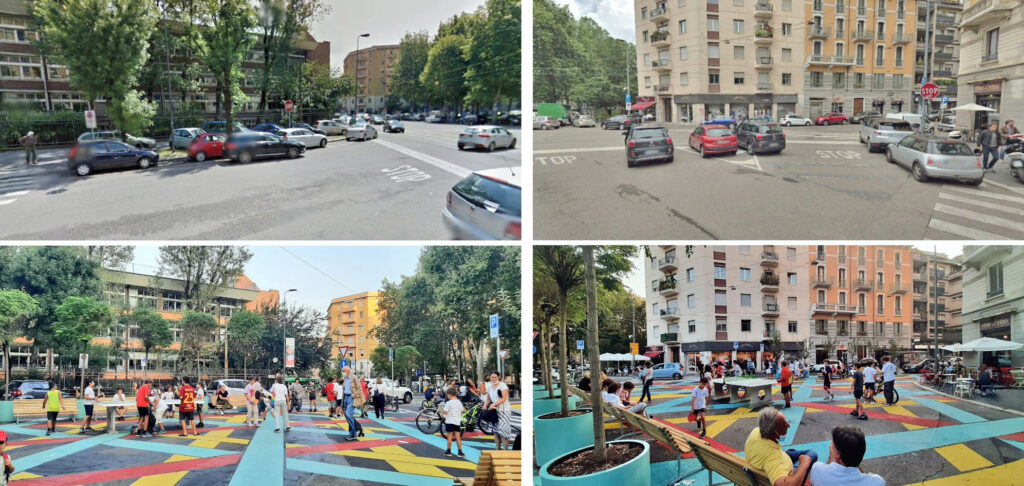
Among the practical actions to improve the city, which see the municipality of Milan as the main actor in Italy in this small urban revolution, is the ‘Piazze Aperte’ project. A project carried out in perfect synergy between the public and private sectors. In fact, although promoted by the municipality of Milan, the project is developed by AMAT (Agenzia Mobilità Ambiente Territorio), Bloomberg Associates and the Global Design Cities Initiative.
The aim is to pursue the urban regeneration and sustainable mobility objectives of the Milan 2030 Territorial Government Plan and the Urban Plan for Sustainable Mobility, within the framework of the Neighbourhood Plan.
Each project is presented by taking part in a call opened by the municipality. After the first edition of ‘Open Squares’, a second call was launched in which 87 projects took part, involving more than 600 Milanese groups, associations and schools. Since 2018, actions have been carried out to recover more than 25,000 square metres of pedestrian space for a total of 40 interventions. Today, therefore, a resident has an open square less than fifteen minutes from home.
The success of the first edition prompted the municipality of Milan to launch a second edition: ‘Open Squares for Every School’. The aim is to promote new hands-on interventions in the city near kindergartens, primary and secondary schools.
The importance of the citizen
In increasingly busy and complex cities, interventions like this have the capacity to exponentially improve places and their liveability. Although they began as tactical urbanism interventions, they have become a point of reference for the inhabitants of the places that live and animate them on a daily basis.
These are not urban public parks, but small interventions. Small projects in which greenery, playgrounds and pedestrian areas are perfectly integrated into the built environment.
In fact, all projects aim at enhancing the public space as a place of aggregation, expanding pedestrian areas. In all interventions, sustainable mobility is promoted and citizens are involved from planning to management.
Not only synergy between public and private, but also active citizen involvement. Here, in fact, he/she becomes the main actor of the place, also through caring actions sanctioned through the signing of cooperation pacts.
1. Tactical urbanism is an approach to urban planning that aims to implement temporary, low-cost, short-term interventions to improve public space and quality of life in cities. The main objective is to test innovative and rapid solutions, directly involving citizens, to solve urban problems such as lack of pedestrian space, road safety or accessibility.
Here are some typical examples of tactical town planning interventions:
Temporary plazas: transform areas designated for traffic into spaces for socialising, with seating, plants and play areas.
Temporary bicycle lanes: paint new bicycle lanes or mark pedestrian paths to encourage sustainable mobility.
Redevelopment measures: colour pavements, install street furniture or create art installations to make streets more welcoming and safer.
School roads: temporarily closing roads around schools to create safe spaces for students to enter and exit.
These interventions are generally temporary or semi-permanent and serve to test the effectiveness of new ideas before investing in more expensive and structured permanent solutions. Tactical urbanism is a participatory approach and often originates from below, with the initiative of associations, citizens’ groups or municipalities that want to quickly improve the quality of urban spaces.































































